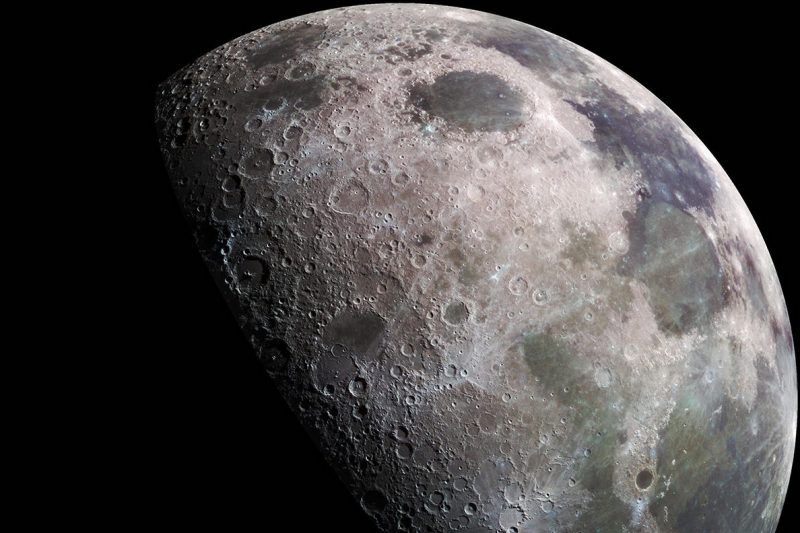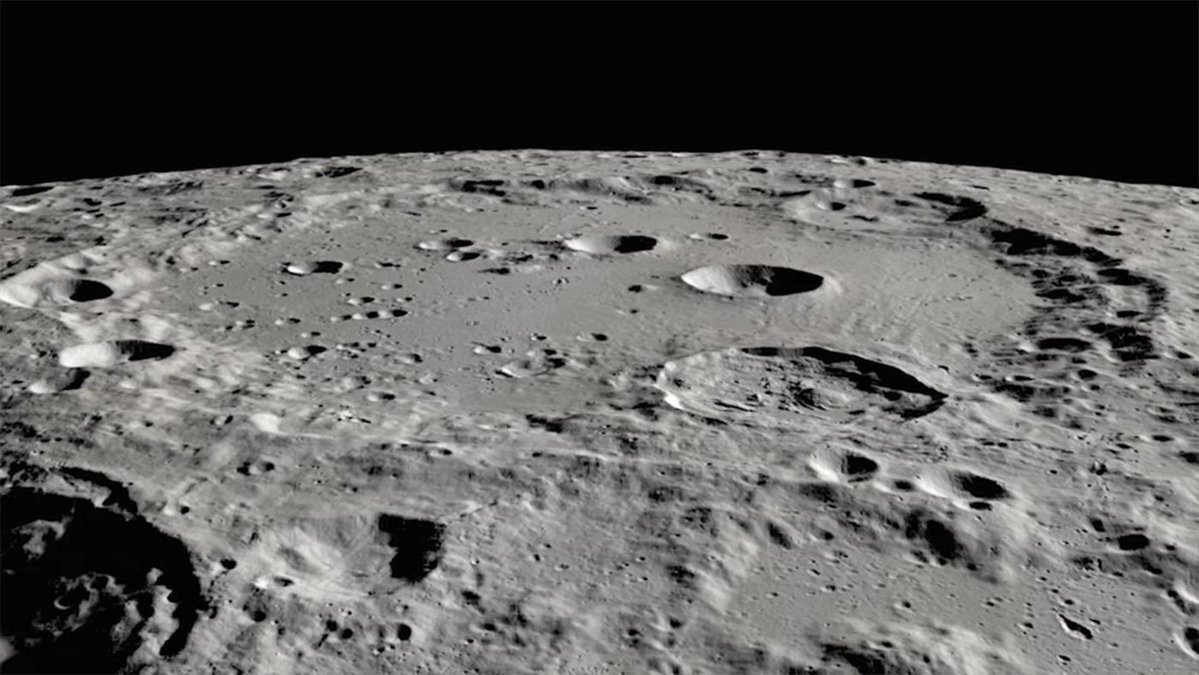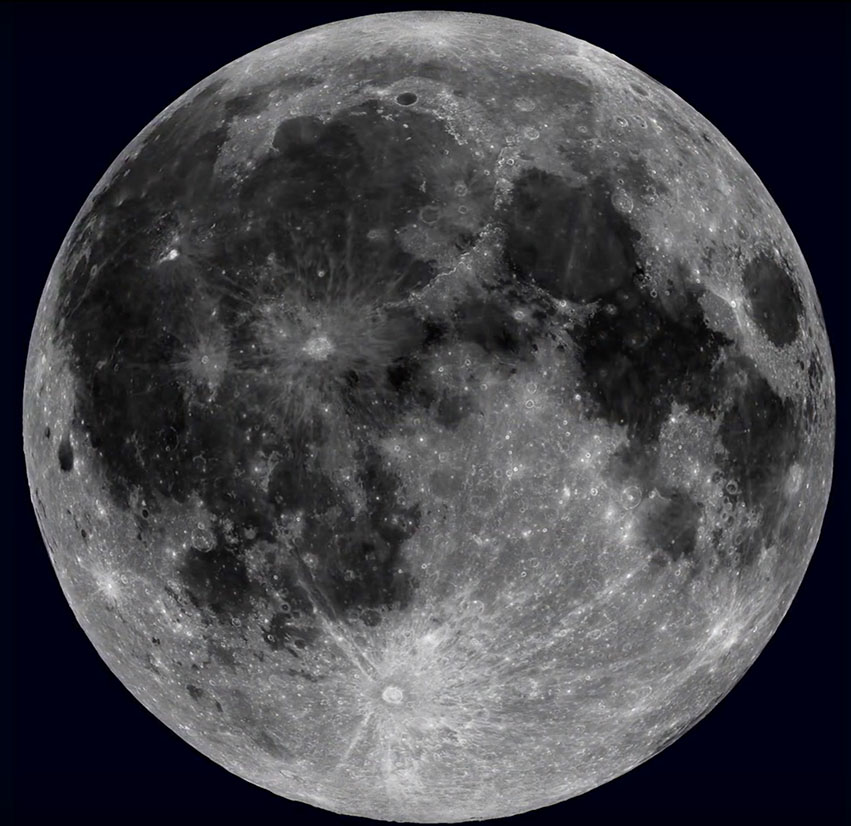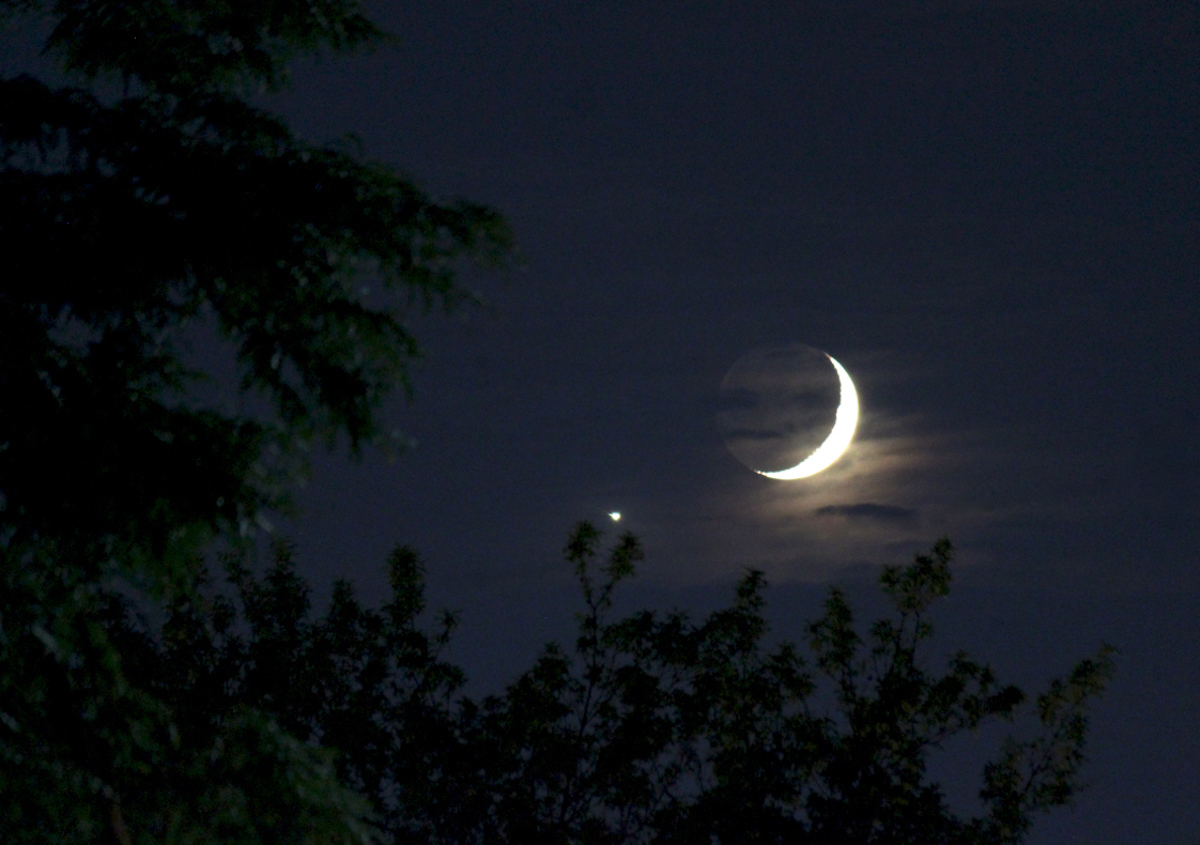Moon
How the moon formed

The leading theory of the Moon’s origin is that a Mars-sized body collided with Earth approximately 4.5 billion years ago, and the resulting debris from both Earth and the impacting body accumulated to form our natural satellite. The newly formed Moon was in a molten state. Within about 100 million years, most of the global “magma ocean” had crystallized, with less-dense rocks floating upward and eventually forming the lunar crust.
It’s believed that gravitational pull from the earth when the moon was in its formative molten state caused the moon to become its slightly swollen shape.
The moon's size and orbit

The moon has a diameter of 3,475 km which makes it about 27% the size of earth.
It orbits earth once every 27.3 days and its orbit varies its distance from earth from a minimum of 363,300 km to a maximum of 405,500 km. Its mean orbital velocity is 3,680 km/hr
Each orbit takes it on a journey of just over 2.4 million km!
How the moon affects our tides

The Earth’s tides are largely caused by the gravitational pull of the moon. This pull creates our daily high and low tides.
The most obvious effect of these forces is to cause two bulges in the Earth’s oceans, one on the side facing the Moon and the other on the side opposite. This results in elevated sea levels called ocean tides. As the Earth rotates on its axis, one of the ocean bulges (high tide) is held in place “under” the Moon, while another such tide is opposite. As a result, there are two high tides, and two low tides in around 24 hours. Since the Moon is orbiting the Earth in the same direction as the Earth’s rotation, the high tides occur about every 12 hours and 25 minutes; the 25 minutes is due to the Moon’s time to orbit the Earth. The Sun has the same tidal effect on the Earth, but its forces of attraction are only 40% that of the Moon’s because the sun, whilst larger than the moon, is so much further away from earth and so its gravitational pull is less.
Twice a month, when the Earth, Sun, and Moon line up, their gravitational power combines to make exceptionally high tides where the bulges occur, called spring tides, as well as very low tides where the water has been displaced. About a week later, when the Sun and Moon are at right angles to each other, the Sun’s gravitational pull works against the Moon’s gravitational tug and partially cancels it out, creating the moderate tides called neap tides.
How the moon affects our lives

There are many theories, some more scientific than others, on how the moon affects us. Check these links that will give you a taste of how the phases of the moon can impact us and some of our popular recreational pursuits.